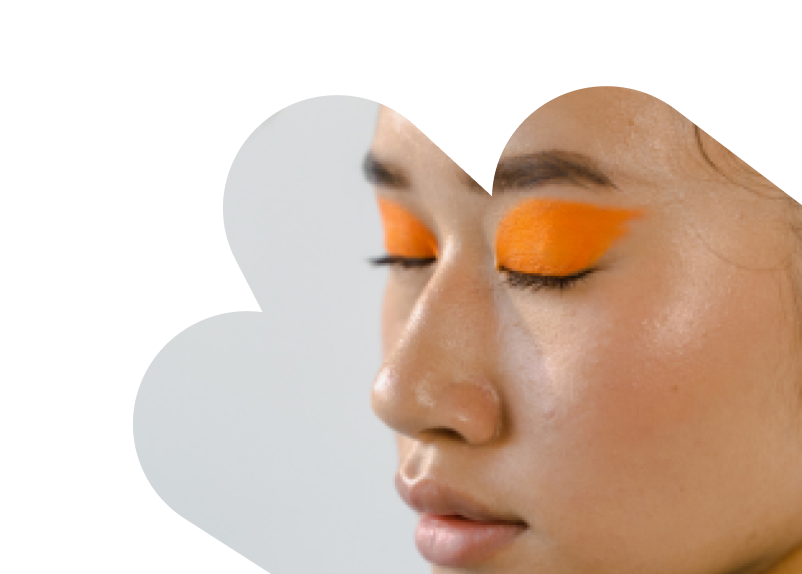STRAIGHT-TALKING JOURNAL
Your no nonsense skincare blog. Written by doctors.

Your no nonsense skincare blog. Written by doctors.

23 May 2023 | Dermatology
Adapalene is a topical retinoid that is used by dermatologists to treat acne. There is also evidence to suggest that adapalene is very good at improving signs of skin aging and certain types of acne scars. Retinoids are vitamin A derivatives and adapalene is a type of retinoid that is only available on prescription (UK). Standard preparations come in concentrations of 0.1% and 0.3%. In dermatology, retinoids are considered a ‘third-generation’ retinoid. Earlier generation retinoids have more specificity for the retinoic acid receptor. Adapalene is classed as a third-generation retinoid meaning it has high specificity for the relevant receptor and is highly targeted at doing what we want it to do.

Acne is thought to be associated with the following factors: dysregulated skin cell turnover (follicular hyperkeratinisation) which means more dead skin cells are around to clog up your pores, increased sebum production, and inflammation (this is because bacteria (Cutibacterium acnes)).
Adapalene works by regulating the abnormal process of skin cell turnover to stop dead skin building up and blocking pores and helps to unblock the formation of blackheads and whiteheads. It also helps to prevent new spots forming by controlling the oil production and pushing whiteheads to the surface. On the surface of the skin and in the skin cells, as well as inhibiting the clogging process, adapalene has anti-inflammatory effects which reduces the development of pustules and pustules.
Studies suggest adapalene is very effective at treating acne. Some suggest that it has similar efficacy to tretinoin 0.025% gel but with better tolerability. It is also a highly targeted retinoid which means that there is less concern about it degrading on exposure to sunlight, and it can be used alongside other acne-fighting ingredients like benzoyl peroxide.
Adapalene is normally applied once daily at nighttime. Dermatologists advise that low concentration would imply once. This is generally advised twice when using other topical treatments or oral retinoids. Apply a small pea-sized amount to your face after washing, once the face has dried. It's advisable to use a small amount to start off with every day or every other day initially until your skin adjusts. After applying, ensure that you do not wash your face until the next morning. A small amount is plenty and usually, more cream every day doesn’t make the treatment more effective and could result in more irritation.
Are there any side effects?
Adapalene is generally well-tolerated and works pretty well. However, if your skin is sensitive you may experience mild redness or stinging. This is why it’s advised to start on low concentrations and small amounts, especially if you are new to retinoids. You might experience some skin dryness or peeling, and in this case, you can increase moisturization by applying a moisturizer before or after adapalene application and you can slowly increase the treatment level until the side effects subside.
Stern RS, Leyden JJ, Rapaport MJ, et al. Efficacy and safety of adapalene gel 0.1% in the treatment of acne vulgaris: results from two randomized, vehicle-controlled, multicentre clinical trials. J Am Acad Dermatol. 1996 Aug;35(2):244-51.
Thiboutot D, Jarratt M, Grieshaber G, et al. Adapalene gel 0.3% for the treatment of acne vulgaris: a multicenter, randomized, double-blind, controlled trial. J Am Acad Dermatol. 2006 Mar;54(3):409-16.
Randomized clinical trials on the efficacy and tolerability of adapalene gel 0.1% versus tretinoin gel 0.025% in the treatment of acne vulgaris. J Am Acad Dermatol. 2003 Feb;48(2):155-60.